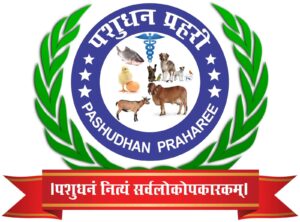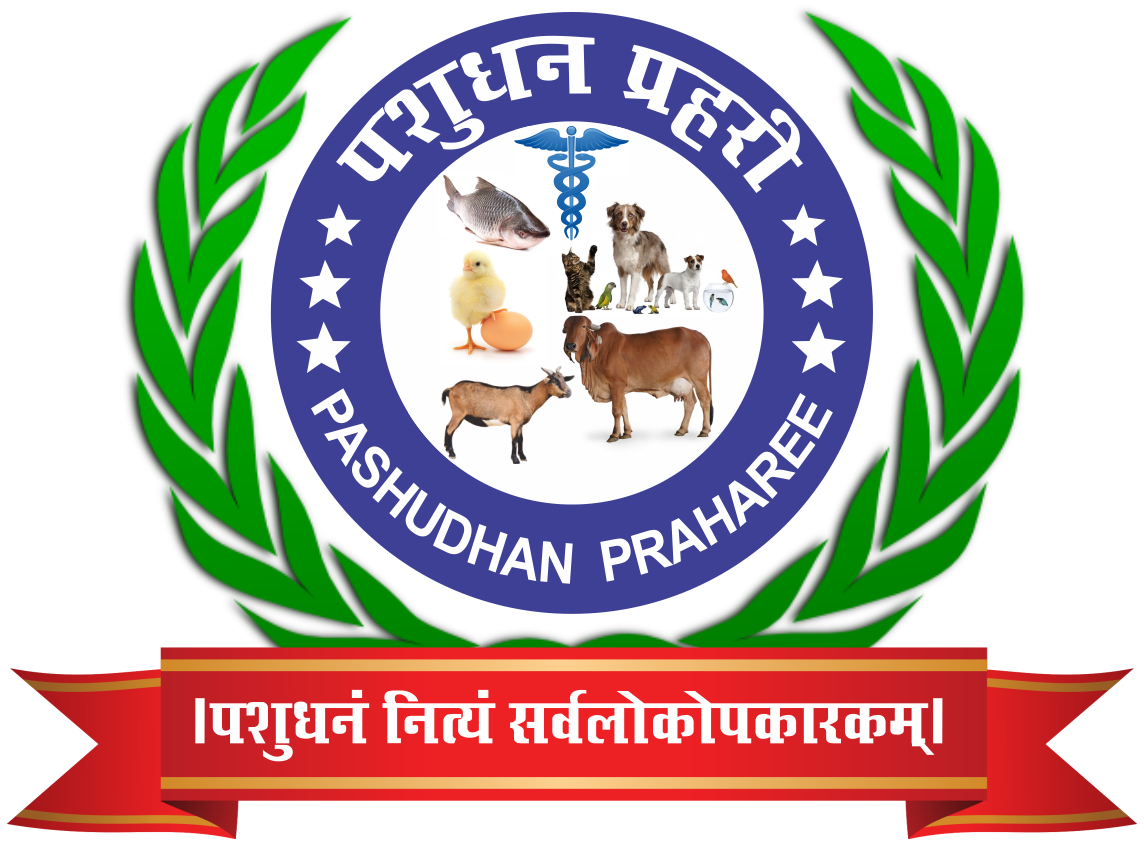Nutritional Management of High-Yielding Dairy Cows during Periparturient or Transition Period
Charu Roat1, Bhavana Rathore2*, Monika2
- M.V.Sc. Scholar, Department of Veterinary Pathology, PGIVER, Jaipur
- Assistant Professor, Department of Veterinary Parasitology, PGIVER, Jaipur
*Corresponding author (bhavanarathoredr@gmail.com)
Introduction
The periparturient period, often referred to as the transition period, encompasses the three weeks before and after calving in dairy cows. This phase is marked by significant physiological and metabolic changes that can profoundly impact the health, productivity, and economic returns of high-yielding dairy cows. Effective nutritional management during this critical time is essential to ensure the well-being of both the cow and her calf, as well as to optimize milk production and profitability.
Key Nutritional Considerations
Energy Requirements
Increased Demand: As calving approaches, the energy demands of high-yielding dairy cows rise significantly due to rapid fetal growth and the onset of lactation. Insufficient energy intake can lead to a negative energy balance (NEB), prompting the cow to mobilize body fat reserves. This process increases the risk of metabolic disorders such as ketosis.
Dietary Energy Sources: To meet the heightened energy needs, energy-dense feeds are crucial. A combination of high-quality forages (e.g., alfalfa or clover hay) and concentrates is recommended. Incorporating ingredients like corn silage or high-starch grains can further support energy requirements.
Protein Management
Balanced Protein Intake: Adequate protein is vital for mammary gland development and colostrum production. A balance between rumen-degradable protein (RDP) and rumen-undegradable protein (RUP) is necessary to optimize microbial protein synthesis and support milk production and tissue repair.
High-Quality Protein Sources: Feeds such as soybean meal or canola meal are excellent sources of high-quality protein, ensuring sufficient availability of essential amino acids.
Minerals and Vitamins
Calcium and Phosphorus: The transition period significantly increases calcium requirements due to colostrum production and the onset of lactation. Inadequate calcium intake can lead to hypocalcemia (milk fever). Proper dietary phosphorus levels and calcium supplementation can help mitigate this risk.
Vitamin D: Essential for calcium metabolism, vitamin D supplementation is particularly important for cows with limited exposure to sunlight.
Transition Diet Formulation
Gradual Transition: A gradual shift from the dry cow diet to the lactating cow diet is recommended to allow the cow’s digestive system to adapt to higher energy and protein levels. This approach reduces the risk of metabolic disturbances.
Avoid Overfeeding: Excessive energy intake during the dry period can lead to over-conditioning, exacerbating post-calving metabolic issues. A balanced diet that meets but does not exceed the cow’s requirements is critical.
Water Intake
Increased Water Needs: High-yielding dairy cows require more water as milk production increases. Providing ad libitum access to clean, fresh water is essential to maintain hydration and support milk yield.
Monitoring and Adjustments
Regular Monitoring: Frequent assessment of body condition, feed intake, and milk production helps identify potential issues early, allowing for timely dietary adjustments.
Health Surveillance: Routine health checks are vital to detect signs of metabolic disorders such as ketosis, displaced abomasum, or lameness. Early intervention ensures that nutritional strategies are effective.
Conclusion
The periparturient period is a critical phase for high-yielding dairy cows, requiring meticulous nutritional management to support their health and productivity. By carefully balancing energy, protein, minerals, and vitamins, and by implementing a well-formulated transition diet, dairy producers can promote optimal cow performance. Regular monitoring and proactive adjustments are essential to address emerging challenges and ensure a smooth transition into lactation, ultimately enhancing both animal welfare and farm profitability.



